Life after 1945: The Japanese House at the Barbican
A new exhibition on Japan's creative response to its post-war housing crisis shows how traditional elements continue to play a role
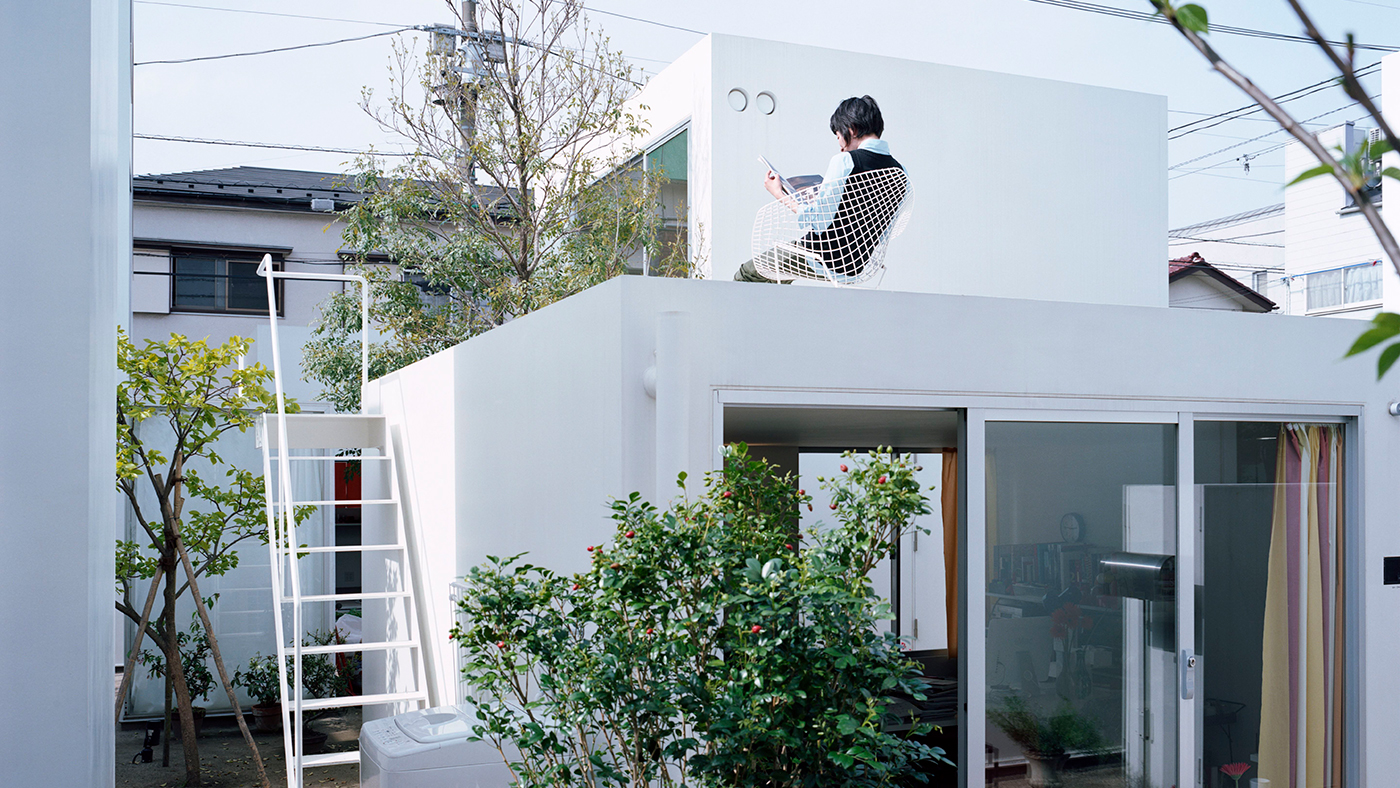
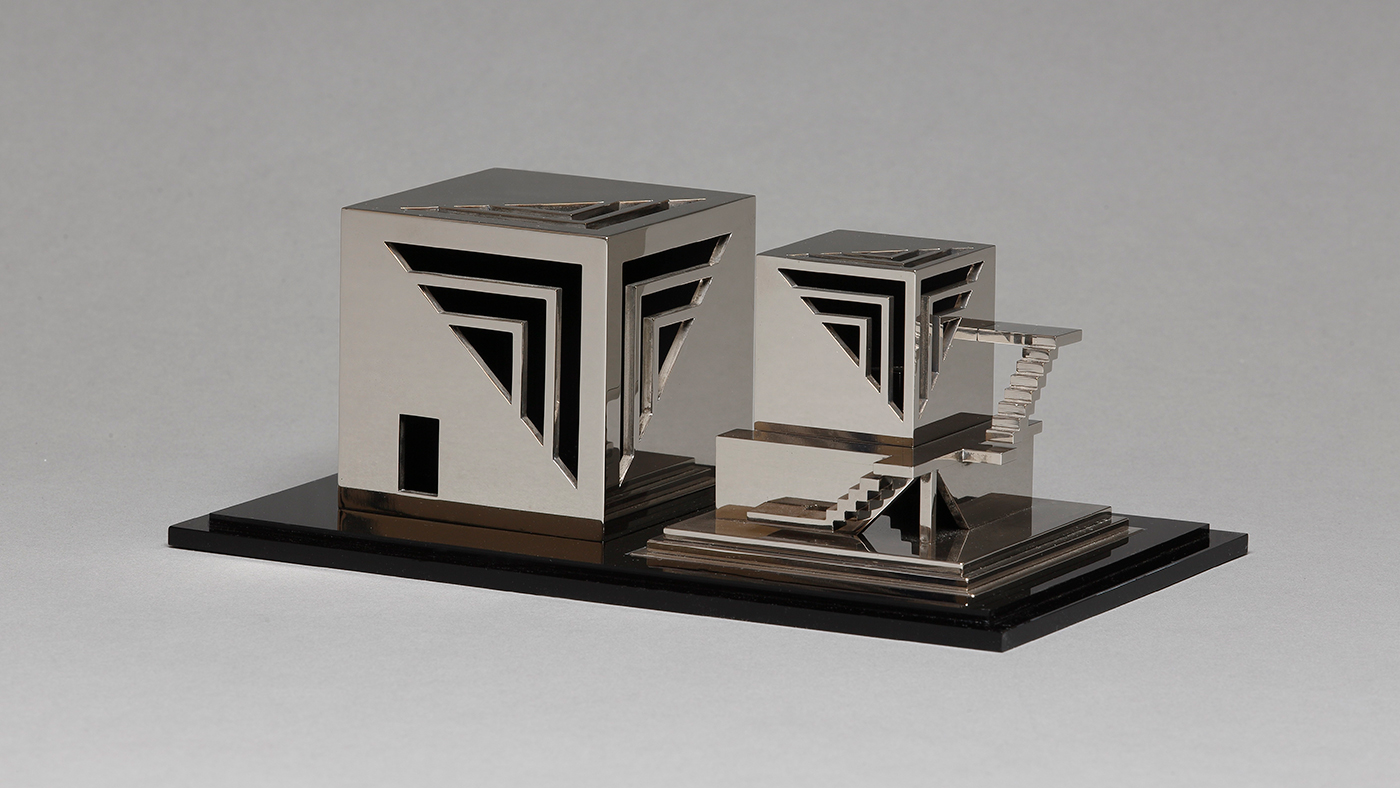
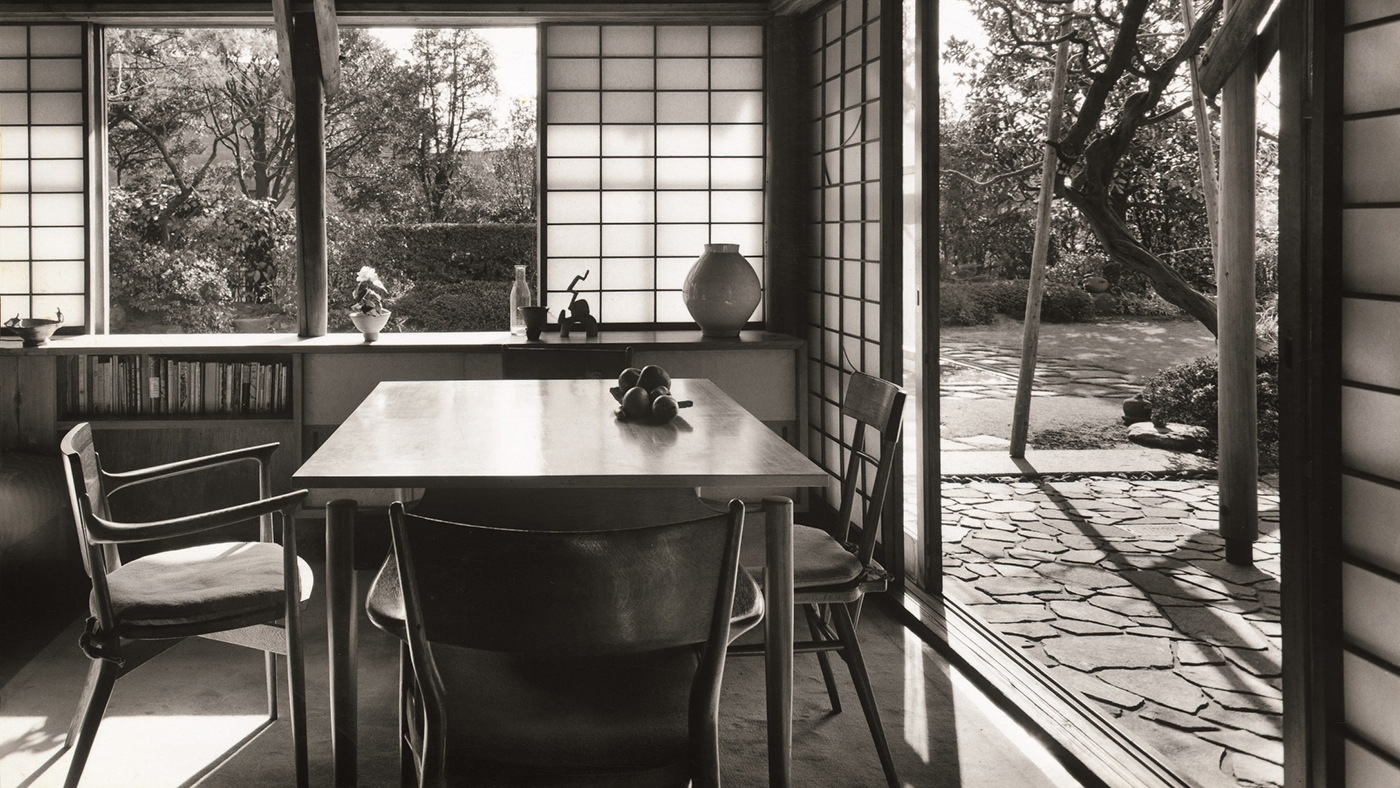
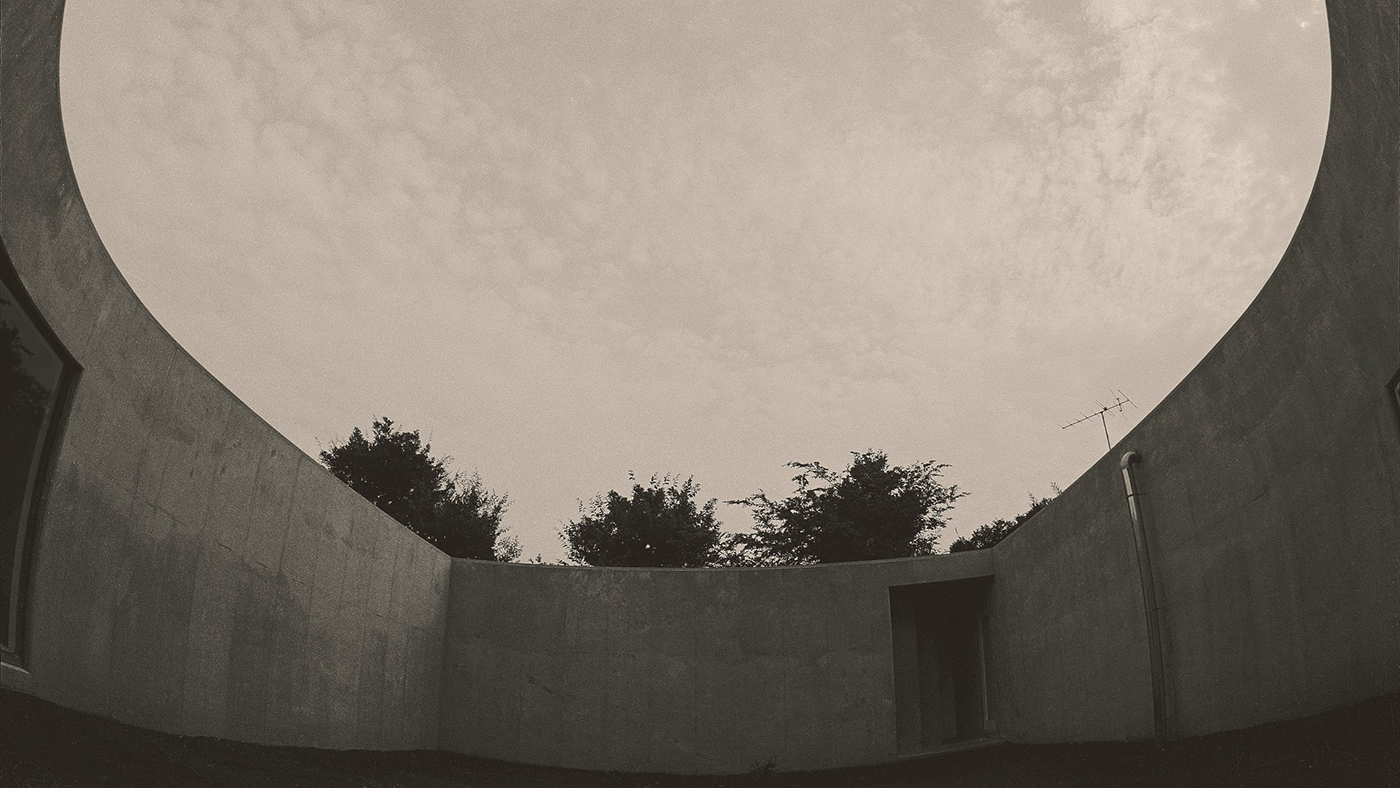
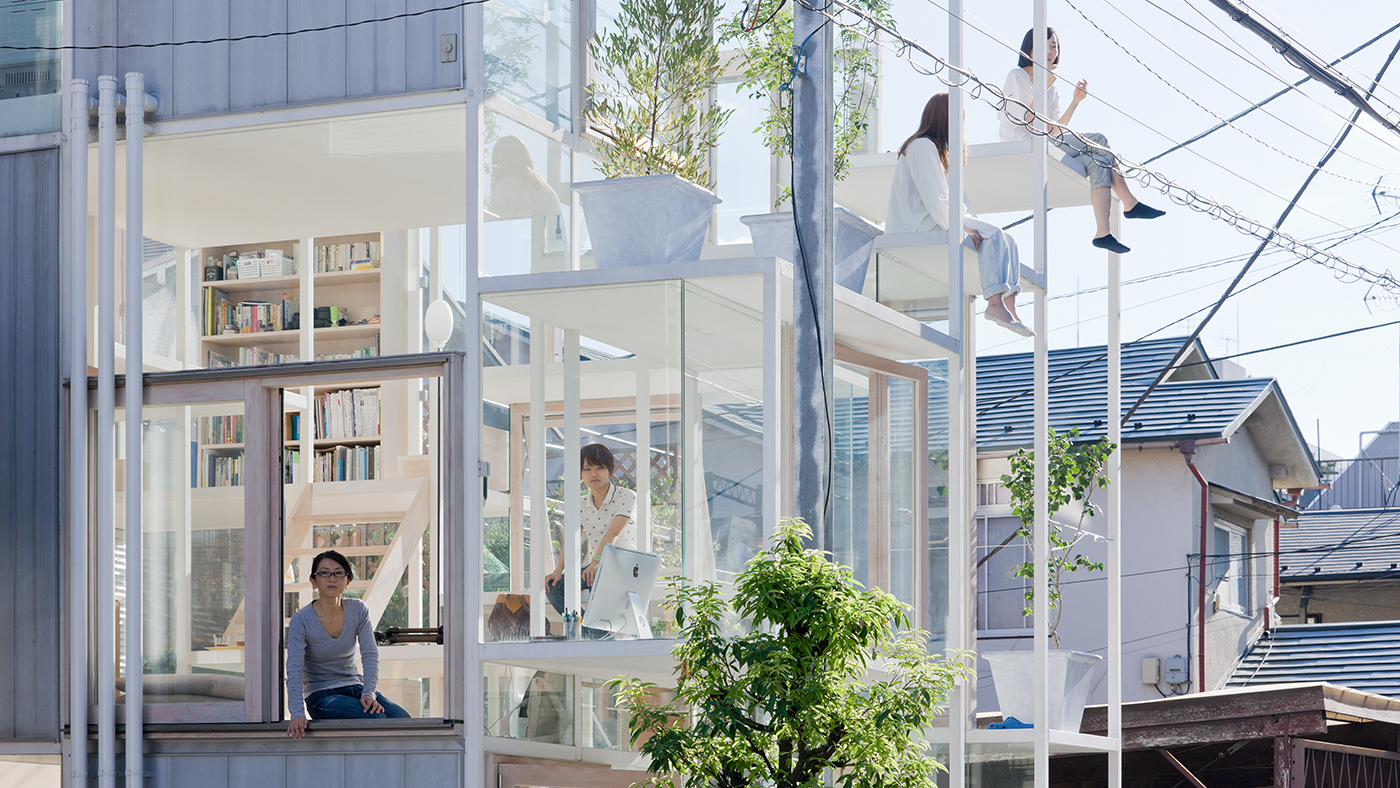
There are few societies where housing is not a problem. In Japan, the devastation of its cities during World War II spawned some of the most ingenious and forward-thinking solutions to this. Now a new exhibition at the Barbican traces the evolution of its houses from the post-war era to the present day, together with the architects that have became leading forces in the contemporary scene.

Placing developments in the context of the shifts seen in the country's economy, urban landscape and family structure, The Japanese House brings together more than 200 works, from rarely seen architectural models and drawings to photography and film, to provide an intriguing insight into its development.
In no place is this clearer to see than in Tokyo, where pollution and overpopulation have necessitated a creative rethinking of the family home. The Japanese House follows the work of pioneers such as Kenzo Tange and Seiichi Shirai, who fused the traditional and modern, the designers of the 1970s, whose enclosed structures shielded families from the surrounding environment, and those of the 1980s, when new technologies paved the way for futuristic, technical and lightweight buildings.
The Week
Escape your echo chamber. Get the facts behind the news, plus analysis from multiple perspectives.

Sign up for The Week's Free Newsletters
From our morning news briefing to a weekly Good News Newsletter, get the best of The Week delivered directly to your inbox.
From our morning news briefing to a weekly Good News Newsletter, get the best of The Week delivered directly to your inbox.

Contemporary architecture will be brought to life with an ambitious installation which sees Pritzker prize-winning architect Ryue Nishizawa recreate his acclaimed Moriyama House as a life-sized model. Replicas of the ten original individual blocks separated by a garden will allow visitors to look around the fully furnished units.

Equally ambitious is a new commission from Terunobu Fujimori, renowned for his eccentric, boundary-pushing creations. Teahouses play an important part in his work – as well as Japanese culture itself – and he has created his largest ever structure for the exhibition. A counterpoint to the minimalist Moriyama House, it draws on the fantastical and handmade elements of traditional Japanese architecture and places them in a modern context, featuring handcharred timber to clad the outside.
The Japanese House: Architecture and Life after 1945 is at the Barbican Centre from 23 March to 25 June, tickets £14.50; barbican.org.uk
A free daily email with the biggest news stories of the day – and the best features from TheWeek.com
-
 How to financially prepare for divorce
How to financially prepare for divorceThe Explainer Facing ‘irreconcilable differences’ does not have to be financially devastating
-
 Why it’s important to shop around for a mortgage and what to look for
Why it’s important to shop around for a mortgage and what to look forThe Explainer You can save big by comparing different mortgage offers
-
 4 ways to save on rising health care costs
4 ways to save on rising health care costsThe Explainer Health care expenses are part of an overall increase in the cost of living for Americans
-
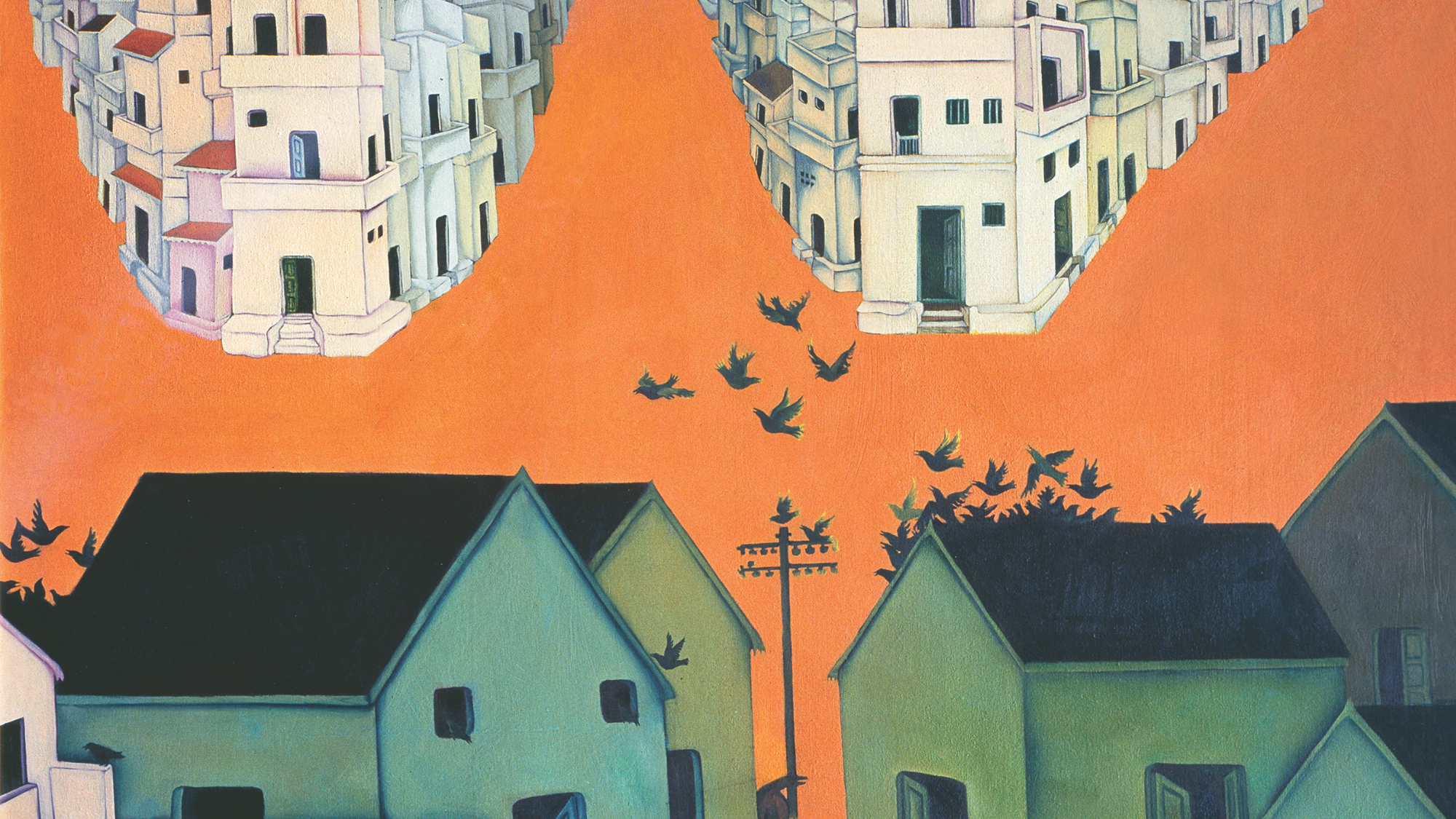 The Imaginary Institution of India: a 'compelling' exhibition
The Imaginary Institution of India: a 'compelling' exhibitionThe Week Recommends 'Vibrant' show at the Barbican examines how political upheaval stimulated Indian art
-
 Francis Alÿs: Ricochets – a 'heart-stopping' exhibition at London's Barbican
Francis Alÿs: Ricochets – a 'heart-stopping' exhibition at London's BarbicanThe Week Recommends 'Mesmerising' films of children at play around the world from Kharkiv to Mosul
-
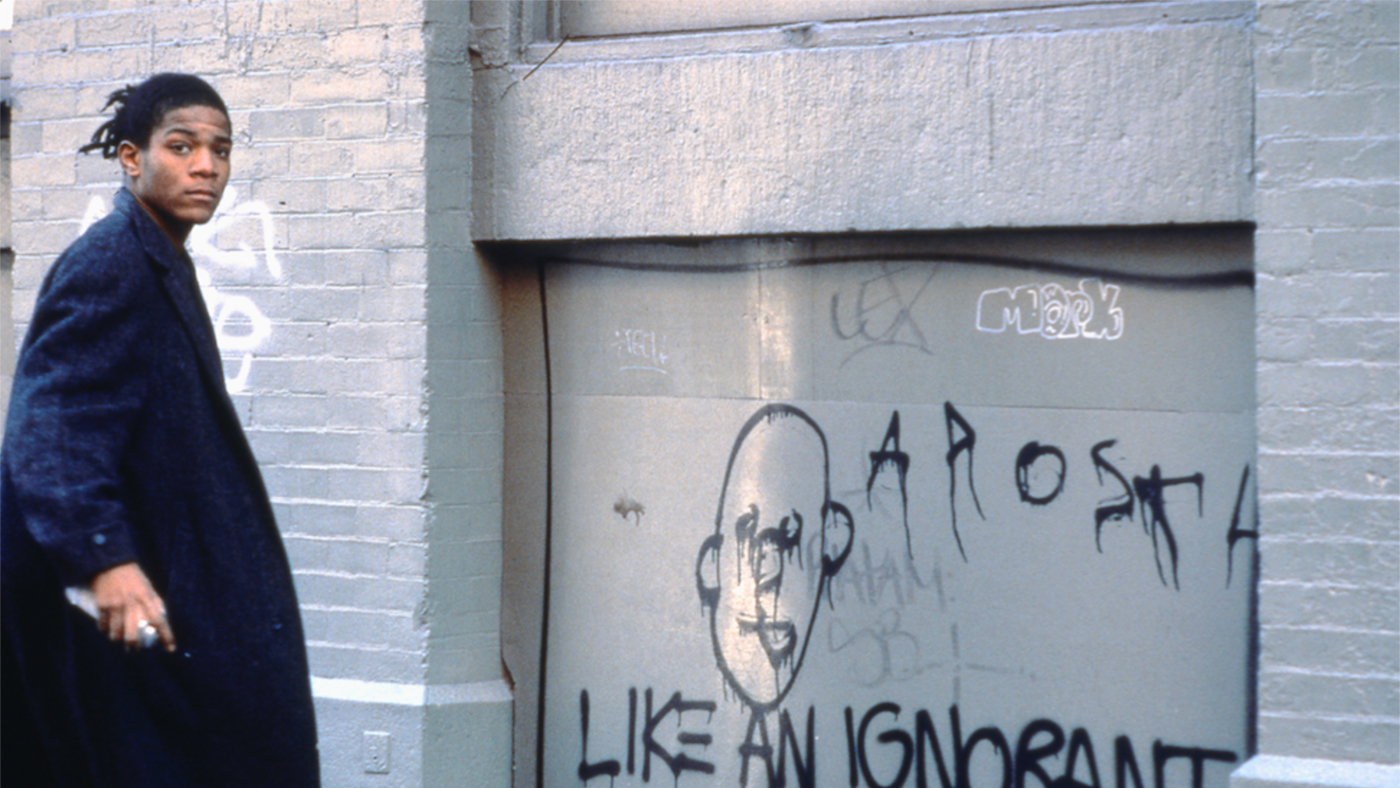 Basquiat at the Barbican: Boom for Real
Basquiat at the Barbican: Boom for RealIn Depth Curator Eleanor Nairne talks about the influences to be found in the pioneering work of Jean-Michel Basquiat in his first UK retrospective
-
 Into The Unknown: Explore science fiction at the Barbican
Into The Unknown: Explore science fiction at the BarbicanIn Depth Discover strange worlds and new civilisations on film, TV and the printed page as a groundbreaking exhibition blasts off
-
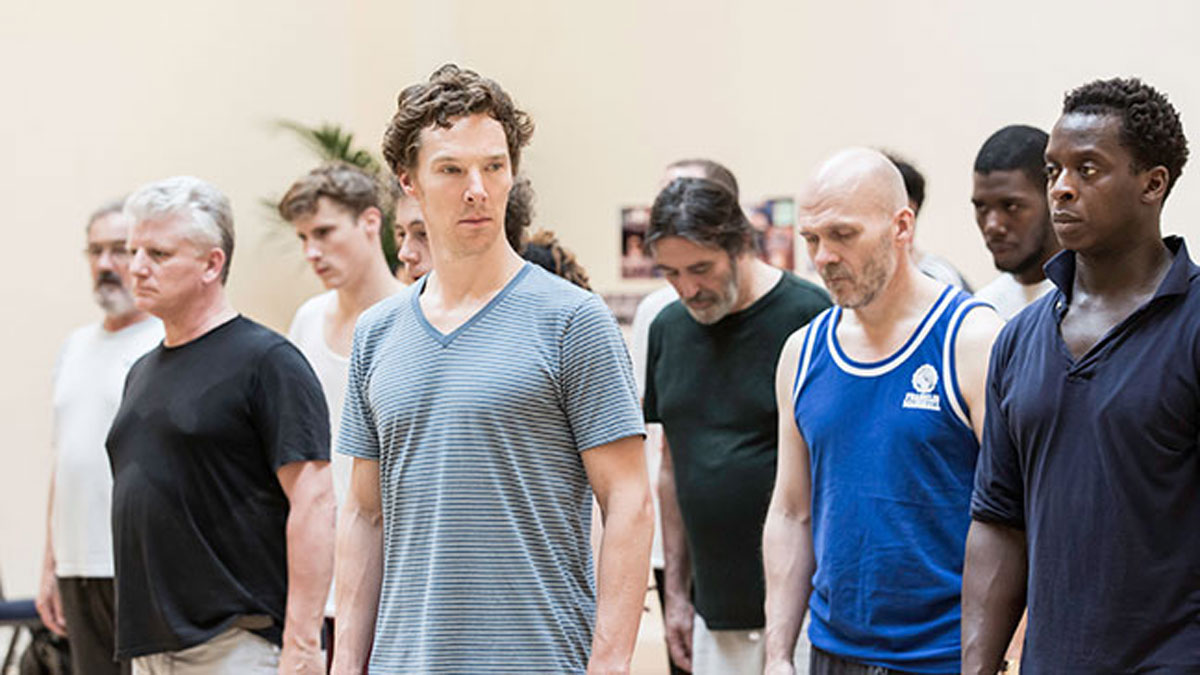 Benedict Cumberbatch begs fans not to film his Hamlet
Benedict Cumberbatch begs fans not to film his HamletSpeed Read After 'one hell of a week', actor says being recorded on stage is 'mortifying'